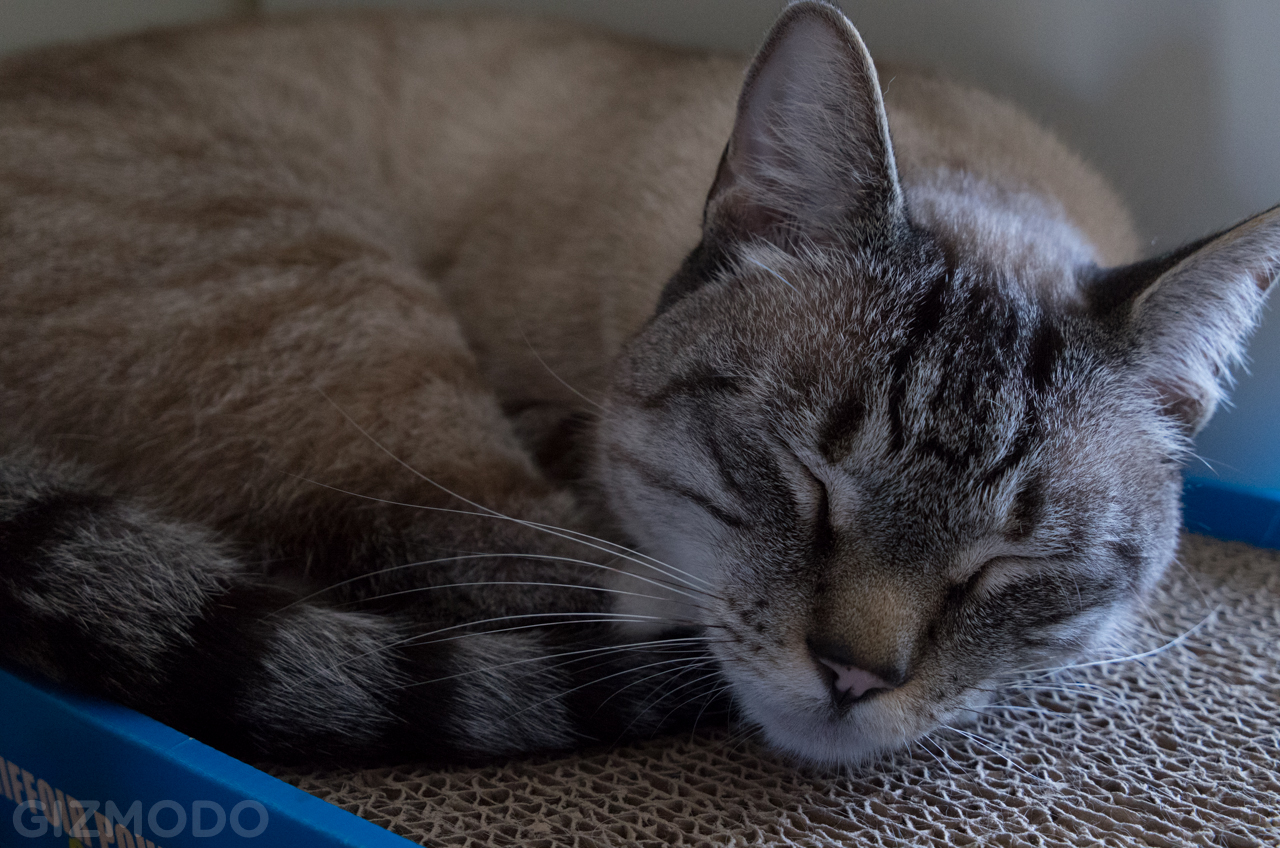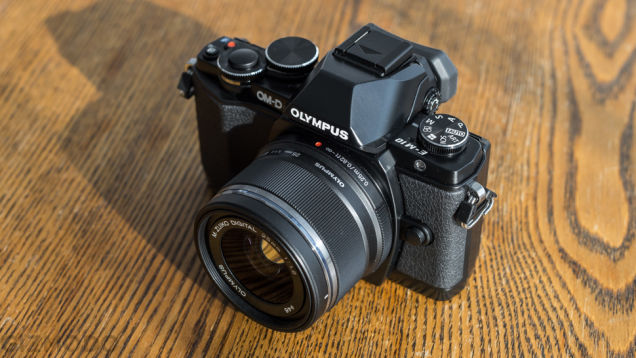It’s easy to fall into a vortex of never-ending camera research when you’re looking to buy. Even if you’ve consulted the most comprehensive reviews, there can still be an itch to seek further evidence of what’s best. Allan Murabayashi over at PexaPixel wishes for better quality photos in reviews. I would argue that the contrary would be better for helping people make informed decisions.
All reviewers have their own approach to testing gear, but one popular method, especially prevalent amongst professional photographers who are trying to stretch their personal brand, is to display the most beautiful pictures possible. This attracts readers because it’s always more fun looking at a review with great photography. But it’s not helping with the task at hand.
It’s easy to confuse the skill of a photographer with the capability of the camera it was taken with. Often the gut reaction when seeing a beautiful photograph is to whisper to yourself, what camera were they using? This is a mistake. Almost always, a great photo is result of good lighting and skill of the photographer. It is not the result of the gear they choose. You can take brilliant photos with a smartphone under the right conditions, photos that many people would confuse with a DSLR. It all depends on how well the photographer puts that skill to use.
This is why it is generally a bad idea to research gear by looking at beautiful photos. They simply distract from an objective assessment of things such as sharpness, dynamic range, and noise levels. A better strategy is to look at positively crappy images, ones where technical pitfalls are front and center. The more mundane, the more everyday they look, the better. Murabayashi makes other points in his post, that rigorous tests of specific functions are also what reviewers should focus on. Fair enough, and a different issue entirely. When it comes to the aesthetic appeal of the sample photos, the blander they are, the fuller a story they will tell about the camera’s capabilities.
Here’s an example. If you are wondering about noise at high ISOs, look at pictures composed of muddy, underexposed mid-tones in uniformly dim environments. Don’t look at a picture whose subject is artfully sculpted out of darkness. Those well-lit photos hide noise at high ISOs, making them unsuitable for telling you much about how that camera performs. If you’re judging dynamic range, you want to look at an overly harsh and contrasty scene to judge how far the sensor can go with disparate tonal values.

An underexposed photo from my Leica T review, chosen to show noise at a high ISO.
The next time you find yourself scouring camera reviews, keep in mind the seduction of great photography, and make sure its not leading you to praise a camera instead of the person behind it.
The irony in all of this is that it proves the point that you shouldn’t worry so much about gear. You can take incredible pictures with almost any setup, provided you know its limitations and have some sort of creative vision. That said, pixel-peeping has become a borderline past-time, and you can’t dissuade people from doing it. So if you’re in the game of meticulous camera research, do it right, and seek only the worst photos.
